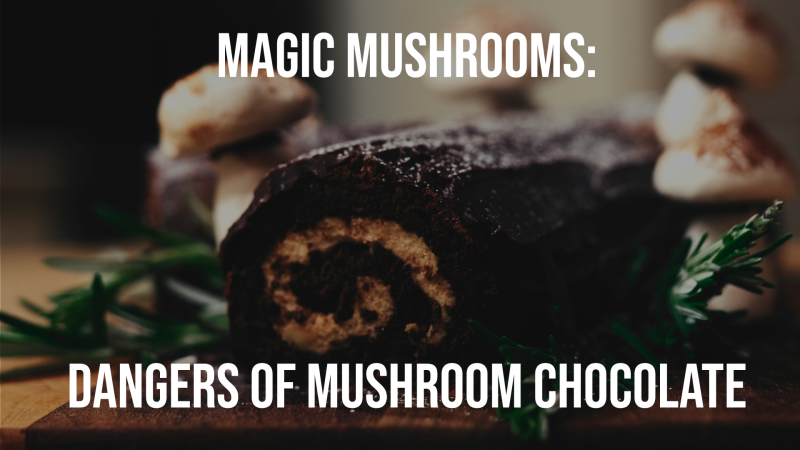We have been asked about raw POLKADOT CHOCOLATE by several of our chocolate lovers. Raw chocolate is considered healthier due to higher levels of antioxidants. This article discusses raw chocolate and how it differs from other high quality chocolates.Some people have argued that there is no “raw chocolate”.
According to “Good Chocolate Karma”, raw chocolate has 1/3rd more antioxidants than regular chocolates. Cocoa is high in compounds called phenolic phytochemicals, or flavonoids, indicating the presence of known antioxidants that can stave off cancer, heart disease and other ailments. These flavonoids and antioxidants are also found in green tea and read wine, but they are in higher concentrations in cocoa.
All chocolate, in order to taste like chocolate, is going to be heated to cooking temperatures at some point [1]. During fermentation, for example, the temperature inside the seed will reach between 104°F to 122°F [2]. Since the fermentation temperature is inside the seed pod, it cannot be well controlled.
The flavonoids and antioxidants can break down when heated. Much of the loss in antioxidants occurs when the beans are fermented. The fermenting beans will typically reach temperatures of over 120°F. Some additional loss occurs during roasting.
Raw chocolate is made with a very short fermentation time, typically about 15% of the time normally used. Raw chocolate is also roasted at lower temperatures; less than 105°F instead of up to 300°F. The result of this processing is a cocoa that has more of its antioxidants intact.
Taste. Raw chocolate does not taste like the chocolate we have come to love. Cocoa is a bitter bean, and we make it taste heavenly by fermenting it and roasting it. Raw cocoa is also higher in cocoa butter than regular cocoa, due to the lack of full fermentation and roasting; the cocoa butter is not “cooked out”.
Chocolate processing is typically done by large factory operations. Truckloads of cocoa beans are brought together and processed in large batches. The cocoa beans are from a large number of farms, perhaps in different localities and countries. The cocoa beans are a wide range of sizes and can be in various states of fermentation and dryness.
A smaller chocolate producer can be more selective. The producer Lucienne’s works with, for example, purchases beans directly from cocoa farmers and processes in small batches. This allows control over the fermentation, drying and roasting. By closely monitoring the fermentation and halting it when the beans are at an optimal state, the beans are not subject to excessive heat and fermentation that would further damage the flavonoids.


